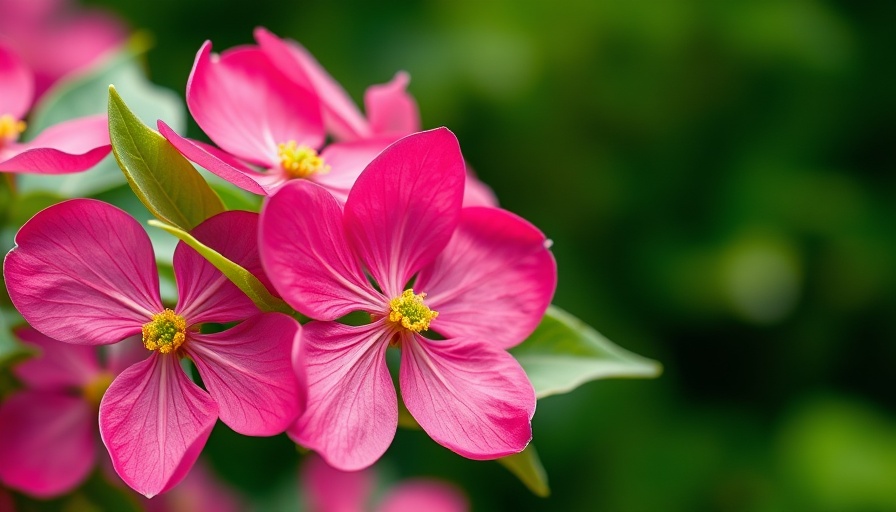
The Beauty and Significance of Flowering Dogwoods
The flowering dogwood tree, Cornus florida, is not just a beautiful ornamental plant but also holds significant cultural value, especially in regions like Missouri where it serves as the state tree. Known for its stunning blooms, vivid foliage, and elegant form, this versatile tree enriches any landscape throughout the seasons. From its delicate white, pink, or red flowers that bloom in spring to its striking red berries and maroon leaves in the fall, the flowering dogwood is a cherished addition to gardens and parks alike.
Climate and Soil Preferences
Flowering dogwoods thrive in USDA Zones 5 to 9, where they enjoy moist, well-draining soil that ranges from slightly acidic to neutral (a pH of 5.5 to 6.5). This adaptability makes them suitable for various climates, but they flourish best in environments that mimic their natural habitats—under larger trees in wooded areas or alongside other spring-flowering plants. These trees can endure both sun and partial shade, but planting them in shaded areas generally leads to healthier trees with vibrant blooms. Avoid overcrowded conditions as they are understory species by nature.
Planting Best Practices
When planting flowering dogwoods, timing is crucial; ideally, they should be planted in spring or fall for optimal establishment. Choose a site with ample sunlight exposure—about half the day is ideal for full blooms. Dig a hole three times the width of the root ball, planting the tree so that the top of the root ball is slightly above the surrounding soil to avoid water pooling. Mulching around the base helps retain moisture, although it’s essential to ensure it’s not piled against the trunk. Keep in mind that dogwoods require consistent watering, especially in their first few seasons and during droughts.
Ongoing Care and Maintenance
Once established, flowering dogwoods call for minimal maintenance. Regular watering is essential, especially in intense heat or drought conditions. Fertilization can be helpful for young trees but should be done sparingly; over-fertilizing can hinder flowering. Pruning is generally not needed except to remove dead or diseased branches. Optimal pruning should occur in summer when the risk of sap bleeding is diminished. Keeping the area around the tree clear from debris will also help prevent insect infestations and diseases, boosting the tree’s health.
Understanding Common Pests and Issues
Despite their overall resilience, flowering dogwoods can face challenges from pests such as the dogwood borer and diseases like dogwood anthracnose. Regular monitoring for signs of these issues, such as wilting leaves or unusual bark damage, is vital. Early detection can significantly increase the chances of recovery. Maintaining healthy growing conditions will help mitigate these risks; stressed trees are far more susceptible to infestations and infections. A mulch layer can assist with moisture retention, which is crucial during dry periods.
Propagation Techniques
For those interested in multiplying their flowering dogwoods, propagation can be done through cuttings or seeds. Taking a 3-5 inch cutting in spring, preparing the end with rooting hormone, and planting it in a suitable medium with moisture can yield new saplings within weeks. Alternatively, collecting berries in fall, extracting the seeds, and allowing them to stratify in a moist sand mixture for spring sowing is another recommended method. Both techniques require patience but can result in beautiful new specimens over time.
Conclusion: Enjoy the Wonder of Dogwoods
The flowering dogwood is more than just a tree; it’s a symbol of beauty and nature’s intricacies. By understanding how to properly grow and care for these trees, you can create a colorful and dynamic yard that flourishes season after season. Take some time to plan and incorporate flowering dogwoods into your landscaping ideas—these trees not only enhance aesthetics but also play a vital role in local ecosystems by attracting various birds and pollinators. Whether you're an experienced gardener or a novice, growing a flowering dogwood can be a rewarding experience that brings joy for years to come.
 Add Row
Add Row  Add
Add 




Write A Comment